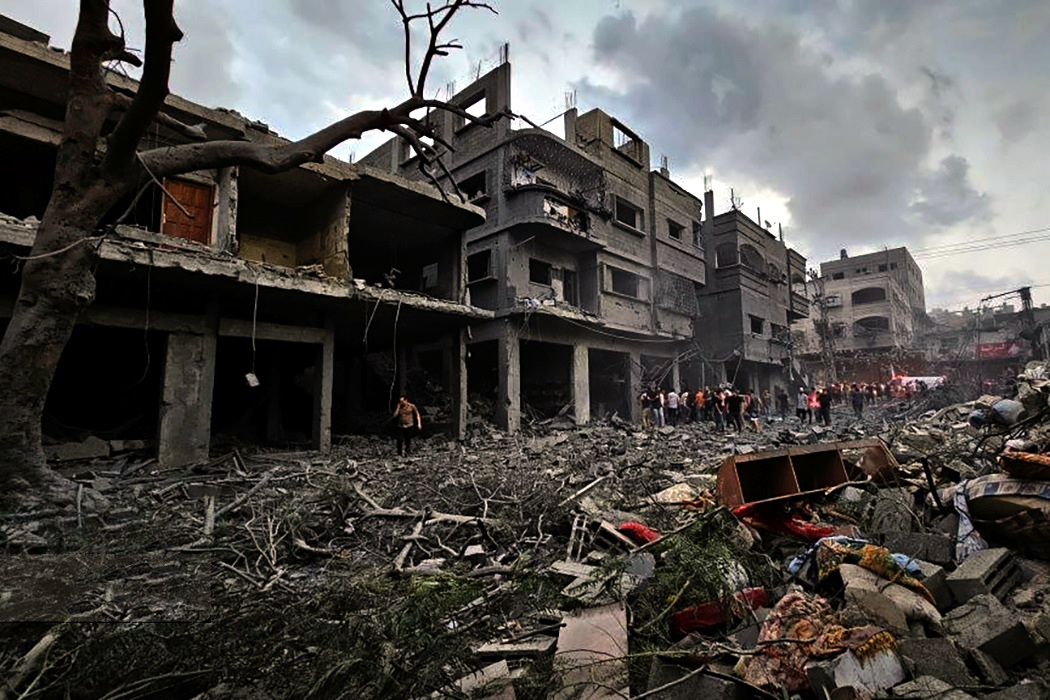The latest social discrimination claim on campus highlights the inanity of the perpetual victimhood mindset.

Photo Credit: Scott Barry Kaufman
By Wesley Liu
In her recent guest column in the Daily Pennsylvanian, Zara Raven describes how her play therapy professor at Penn’s School of Social Policy and Practice discriminated against her after she presented about the “state violence carried out by the Israeli army in its United States-backed genocide of Palestinians.” Raven had turned a session about a form of therapy used in a social work setting into a battle over her political beliefs which she herself introduced. However, the offense that Raven took was not just over her political views (for which she demands total acceptance), but over how she looks; she claims she was not merely discriminated against based on her beliefs, but based on her race and identity.
Raven assesses her situation through the lens of racial and sexual identity, suggesting that her professor had recast the situation to where she was the victim. She wrote, “she [the professor] recast herself—a white woman and professor—as the victim and me—a Black and Arab student—as a threat. My grades, my ability to finish the class, my ability to graduate on time were all in her hands. I had no power over this person; she had power over me.” Raven unfairly presumes that, because she is Black and Arab and her professor is a white woman, she is automatically the victim, while her professor is automatically the aggressor.
The dynamics of these bleak identity politics are very problematic. To assume first of all, that there must always be a victim and an aggressor is wildly ridiculous—it casts away all notions of reciprocal relationships of equality, instead adopting a false pretense that there are always hegemonic power dynamics in a nebulous structure of race, class, gender, and so forth. Secondly, there is a deeper ail of liberation pedagogy which has permeated many of our educational spaces including Penn. The assumption goes that because of snapshots of historical violence perpetrated by one group against another group, there are systemic and structural inequalities that not only promulgate the same dynamics of inequality for society writ large, but also that they somehow seep into individual interactions between white people and various victimized races and identities.
Believe it or not, someone who is Black and Arab can be an oppressor as well. For example, religious minorities in sub-Saharan Africa often face actual attacks and persecution at the hands of Islamist militants. Whether it is Ugandan Christian students getting attacked for singing gospel songs, six Libyans being sentenced to death for merely professing their Christian faith, or the hundreds of Christians killed and churches burned on a monthly basis in Nigeria, all of these groups have suffered violence at the hands of their oppressors—Islamist militants—who are also Black and Arab. The reality that Black Arabs can be oppressors challenges the dominant racial victimhood narrative that there is only one race that systematically discriminates against another. It is also a higher degree of absurdity to claim such systemic discrimination and structural violence and to bemoan it as ‘oppression’ at an institution like Penn, which prides itself on its diversity and inclusivity.
As we focus on Raven’s victimhood, it is easy to forget the second, more subtle layer of victimhood found in Raven’s white woman professor who had been offended by Raven’s presentation as well saying, “I will not be grading that because I feel unsafe,” briefly adjourning the class for a break to “regulate”. The play therapy professor’s reaction to Raven’s presentation is equally illustrative of the ludicrous depths of the victim mentality in the minds of both faculty and students at Penn and other similar institutions. While the professor is correct in repudiating Raven’s points of view that may be personally offensive to her as they can be construed as anti-semitic, she too emotionally breaks down and assumes her own identity as a victim. Raven made the professor ‘feel unsafe’ and that necessitated a break to ‘regulate’. Perhaps the professor was unclear about how to handle this situation; perhaps she was genuinely offended by Raven’s actions. Regardless of circumstance, the professor is called to a higher standard of professionalism as her conduct is clearly unbecoming of a working professional, scholar, and faculty member at an institution like Penn. If Raven fulfilled the requirements of the assignment (as she claims), then the professor needs to ‘get over’ her misgivings about Raven, grade the assignment fairly, and conduct class.
As comical as the interactions between Raven and her play therapy professor may seem, they do highlight the painful ironies that victimhood mentalities inculcate. Students claim that an institution like Penn is fascist when they are not only in a politically progressive environment, but also hold the heckler’s veto. Faculty also claim victimhood when they are forced to confront controversial situations and they too break down. Together, students and faculty flee to their individual intersectional corners of victimhood based on their race, gender and background. Together they demand attention and support from the onlooker. Instead, onlookers like myself are reminded of words from Macbeth, “So fair and foul a day I’ve not seen.” While victimhood might seem fair at first, it quickly turns foul.
Wesley Liu is a freshman in the College studying Philosophy, Politics, and Economics from San Francisco, CA. His email is wesl@sas.upenn.edu.



